
Caption
Spring Peeper
Photo Credit
Jessica Crabtree
Subhead
First Signs of Spring for Nature Lovers
The pussywillows start popping, and hyacinths 🪻 begin to emerge.
I know that spring is just around the corner when the deep snow is melting off the lawn over my septic bed. 😉 And I see that first hint of grass below.
The robins came home a few weeks ago, and it seems like the geese have all left for the North. No peepers or much birdsong yet. We do have daffodils, redbuds, and pink almond blooming, but the trees are mostly bare still. It seems like we usually go from brown to green overnight in Arkansas.
Our first indicator of Spring on the horizon is a pungent one. The skunks come out of hibernation.
The earth is wet from rain and flooding, so it smells a little musty yet. Soon the Farmer will till the land and the smell of earth will permeate the air.
The bulbs on the south and sunny side of the house start popping up. When the ones on the north side do I know we're passed the worst of it.
Spring isn't here until the peepers are out. Sometimes they start and then there is a cold snap and they stop. The peepers need to be out daily for a week if spring is to be declared here in northern NH.
Same here in SW Pa, when you hear their sweet little songs, we know winter has almost lost it's grip!
My horse starts to shed and lose his winter coat. I come home from his stable covered in grey horsehair.
LOL The ground around my mostly white horse looks like it snowed after grooming in the spring!
The Cardinals returned to my yard and my first crocus bloom spotted. Both yesterday. Still waiting for the Robins to return to the yard. The birds winter in the woods but come back to our open yards come spring.
But, THE true sign of spring here is the return of the Red Winged Blackbird.
The skunk cabbage begins to pop up in the wetlands/woods behind our house. Also, the juncos that have been at our feeders all winter head back north. I love seeing them all winter but their disappearance is a sign of spring.
- « Previous
- 1
- 2
- …
- 10
- Next »

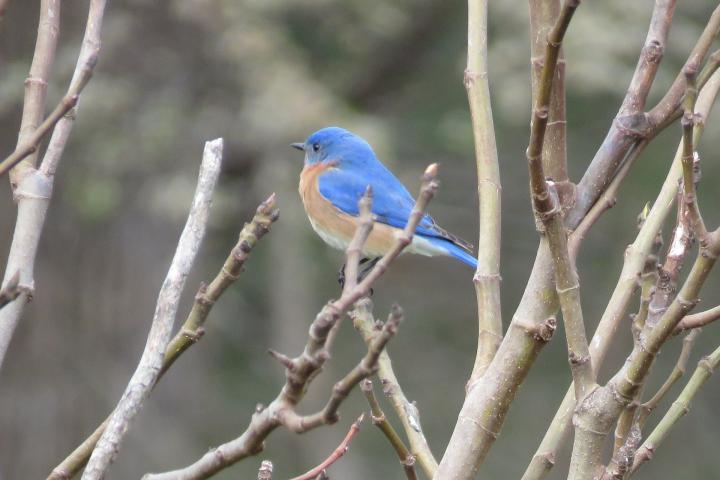
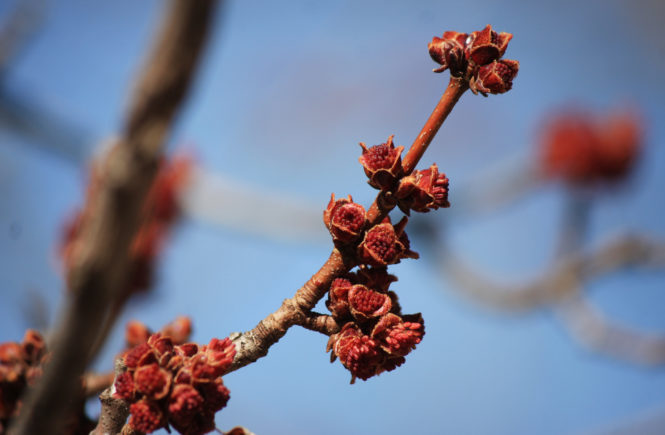
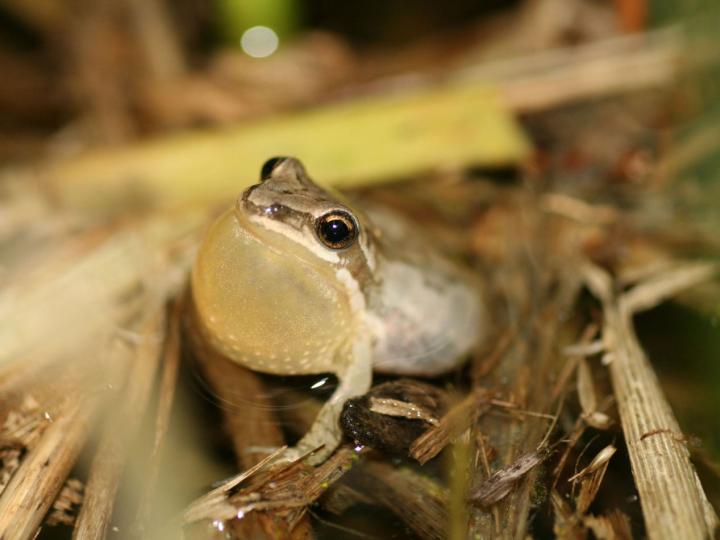
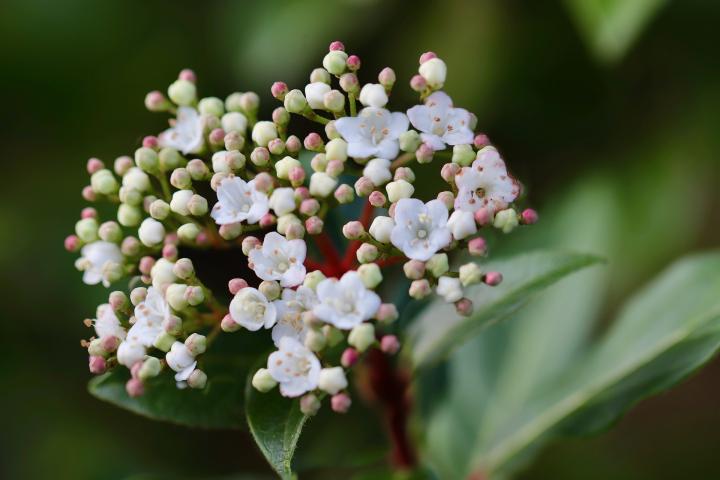
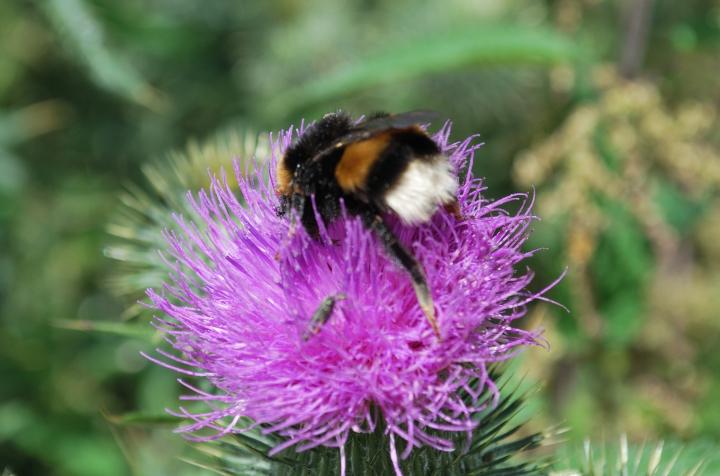








Comments